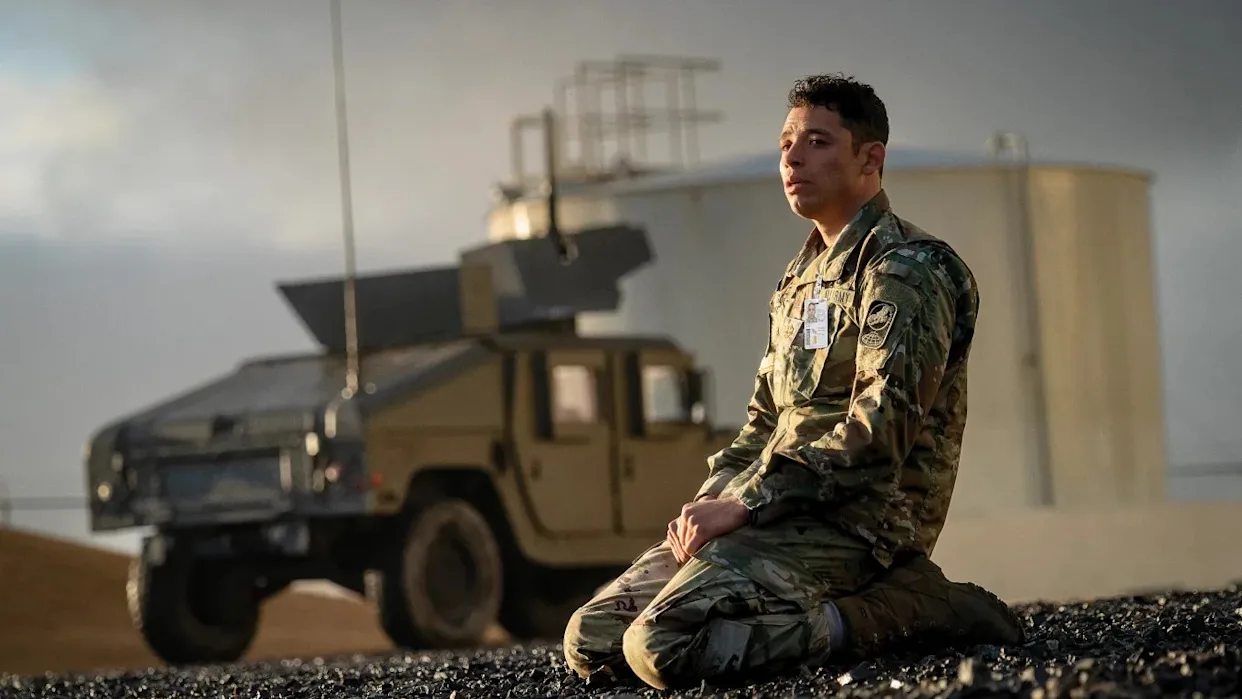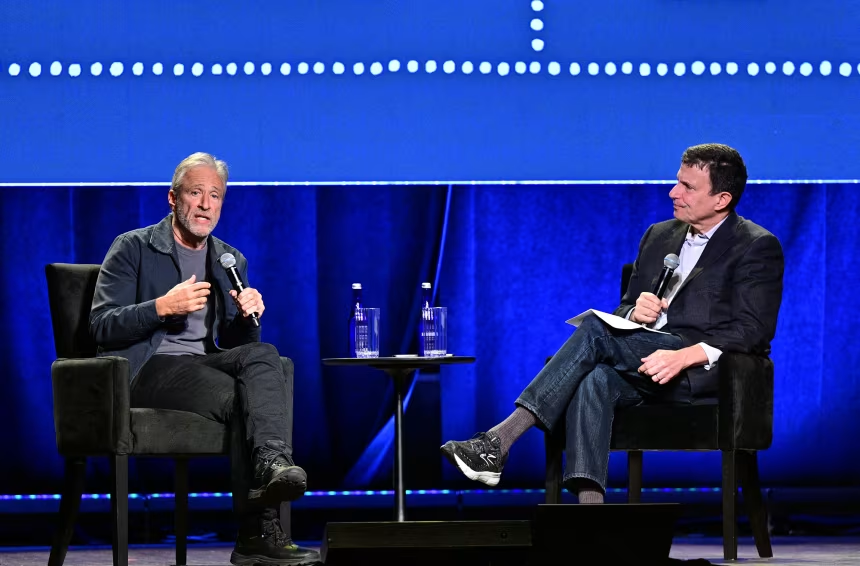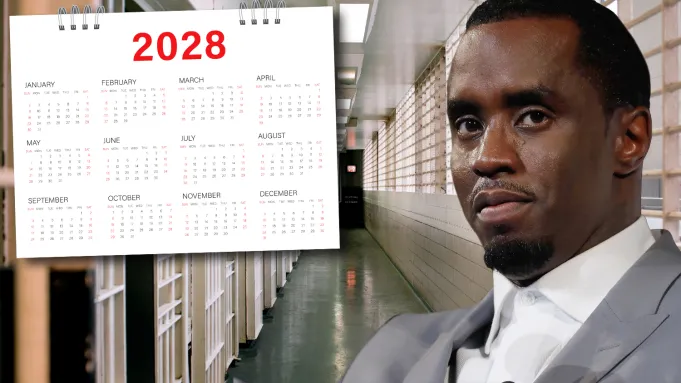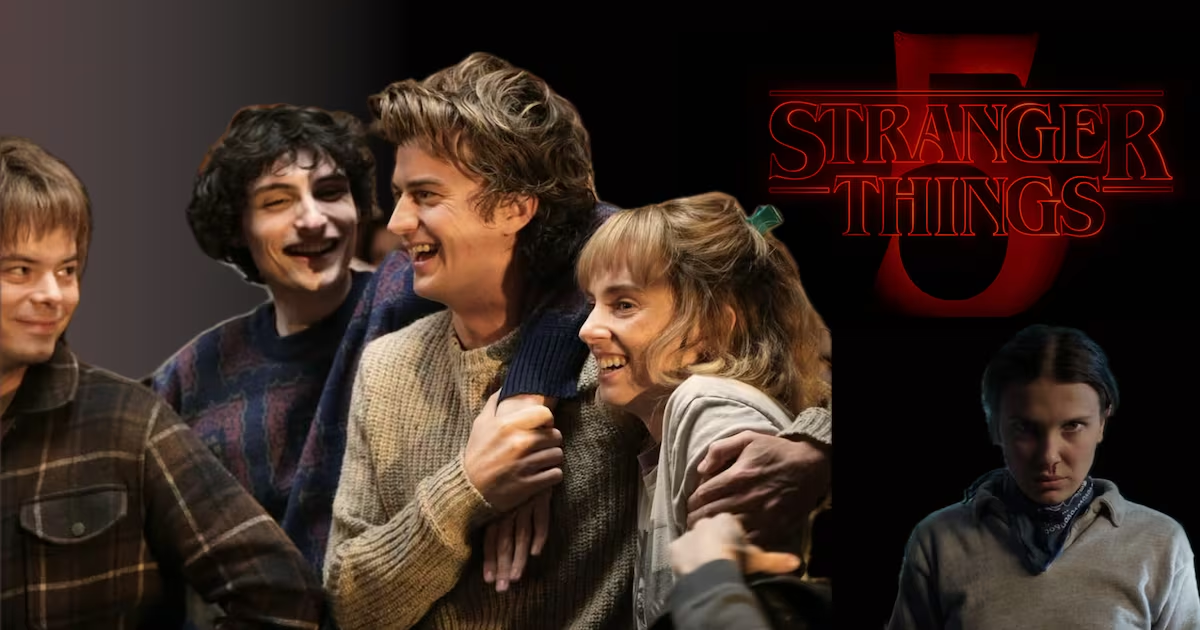The recently released political thriller House of Dynamite, directed by Kathryn Bigelow and written by Noah Oppenheim, has sparked debate over its portrayal of the United States’ nuclear missile defense systems. The film depicts a catastrophic scenario in which a nuclear missile strike on Chicago overwhelms ground-based interceptors, raising alarms within the Pentagon about potential misrepresentation of the nation’s defense capabilities.
Pentagon’s Pushback
The Pentagon, through the Missile Defense Agency (MDA), has publicly expressed concern over the film’s depiction of missile defense systems. According to an internal memo dated October 16, U.S. interceptors have demonstrated near-perfect success rates in controlled tests over the past decade. Officials assert that the scenario depicted in the film—where a single missile bypasses multiple layers of defense—is highly unlikely given current technological capabilities.
While the Pentagon acknowledged that creative liberties are expected in Hollywood films, agency representatives emphasized that dramatizing the failure of nuclear defenses could mislead the public about the effectiveness and reliability of the U.S. missile shield.
Filmmakers’ Defense
Writer Noah Oppenheim defended the film’s portrayal, stating that he “respectfully disagrees” with the Pentagon’s assessment. Oppenheim noted that he consulted multiple missile defense experts during production, including scientists and engineers, to ensure the scenario presented was grounded in reality. He emphasized that the film aims to highlight potential vulnerabilities in a system that, while robust, is not invincible.
Kathryn Bigelow, acclaimed for her intense and realistic approach to filmmaking in projects such as The Hurt Locker and Zero Dark Thirty, reinforced this perspective. She stressed the importance of creative independence, explaining that the film did not involve Pentagon cooperation. According to Bigelow, this allowed her team to critically examine systemic weaknesses without being constrained by official narratives.
Expert Analysis
Experts in nuclear security and missile defense have weighed in on the film’s scenario. Laura Grego, a nuclear physicist with the Union of Concerned Scientists, supports the idea that House of Dynamite presents a plausible depiction of a simplified missile threat. She explained that while U.S. missile defenses are highly capable, most testing focuses on controlled scenarios with known variables. Real-world attacks could involve multiple warheads, decoys, or unpredictable trajectories, which are inherently more complex to intercept.
Grego highlighted that films like House of Dynamite play an important role in prompting public discussion about the limitations and transparency of nuclear defense systems. “The public should be aware that no system is infallible,” she noted. “Understanding potential weaknesses is critical for informed debate about national security.”
Cultural and Political Implications
The controversy surrounding House of Dynamite touches on broader questions about the intersection of national security and cultural representation. Hollywood has long grappled with how to balance dramatic storytelling with the responsibilities of depicting real-world technology and defense capabilities. In this case, the tension between artistic license and the Pentagon’s insistence on factual accuracy has brought national attention to the film.
Some policymakers have expressed concern that exaggerated portrayals of missile failures could inadvertently undermine public confidence in U.S. defense readiness. Others, however, argue that such films are essential for sparking debate and critical thinking about complex security issues.
Box Office and Public Reception
Despite—or perhaps because of—the controversy, House of Dynamite has attracted significant attention from both critics and audiences. Reviews praise Bigelow’s tense direction, Oppenheim’s meticulous writing, and the film’s ability to create high-stakes suspense while exploring systemic vulnerabilities. The debate with the Pentagon has only heightened interest, positioning the film as a cultural touchstone for discussions about national security, creative freedom, and public awareness of defense technology.
Conclusion
The discussion between the Pentagon and the filmmakers of House of Dynamite highlights the delicate balance between artistic storytelling and national security concerns. While the Pentagon defends the reliability of U.S. missile defense systems, Oppenheim, Bigelow, and supporting experts argue that public awareness of potential vulnerabilities is both valid and necessary.
House of Dynamite serves not only as a thriller but also as a conversation starter about the strengths and limitations of the nation’s nuclear defense infrastructure. Its release is likely to continue sparking debate among policymakers, defense experts, and the general public, demonstrating the unique role of cinema in shaping perceptions of national security.
















Leave a Reply